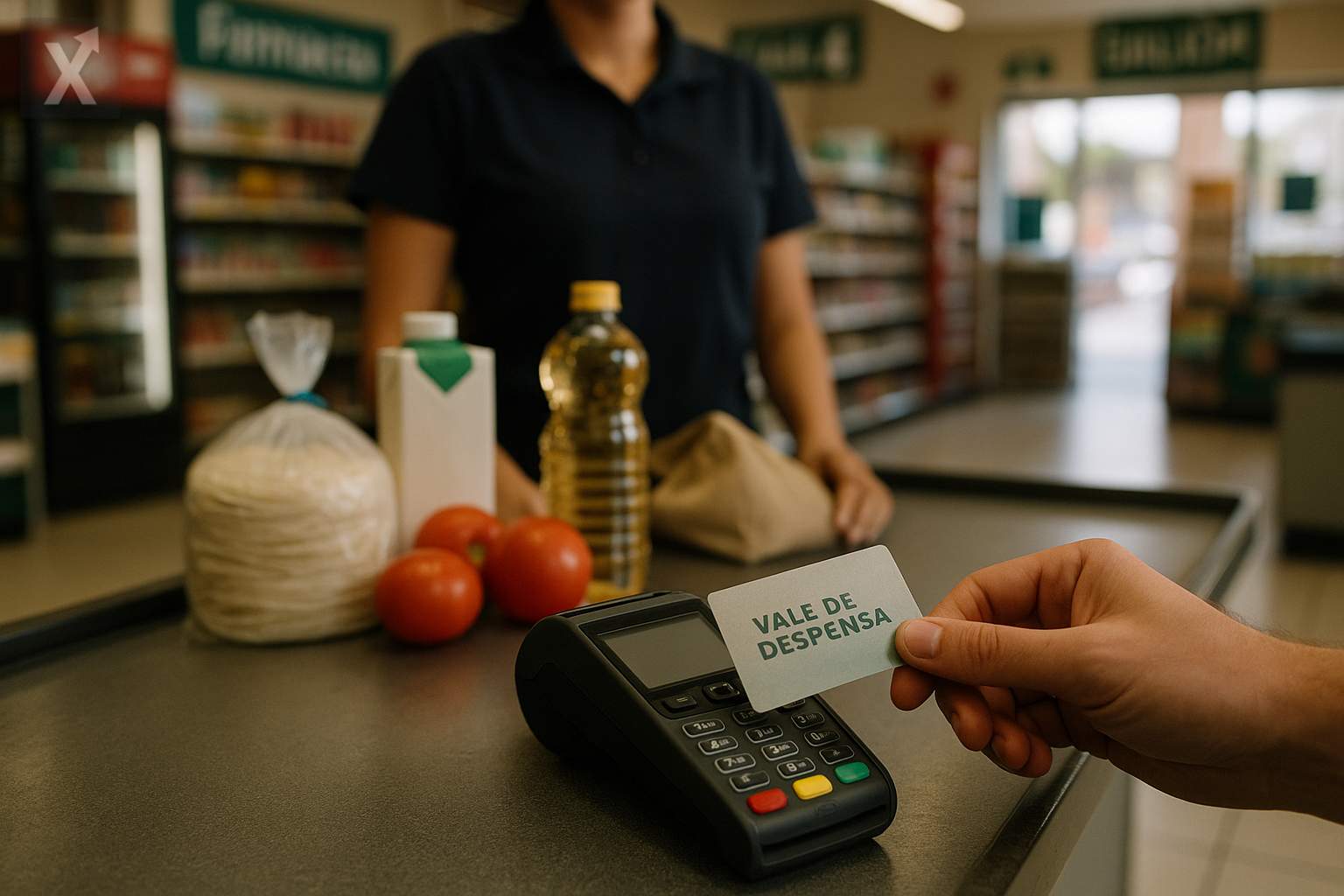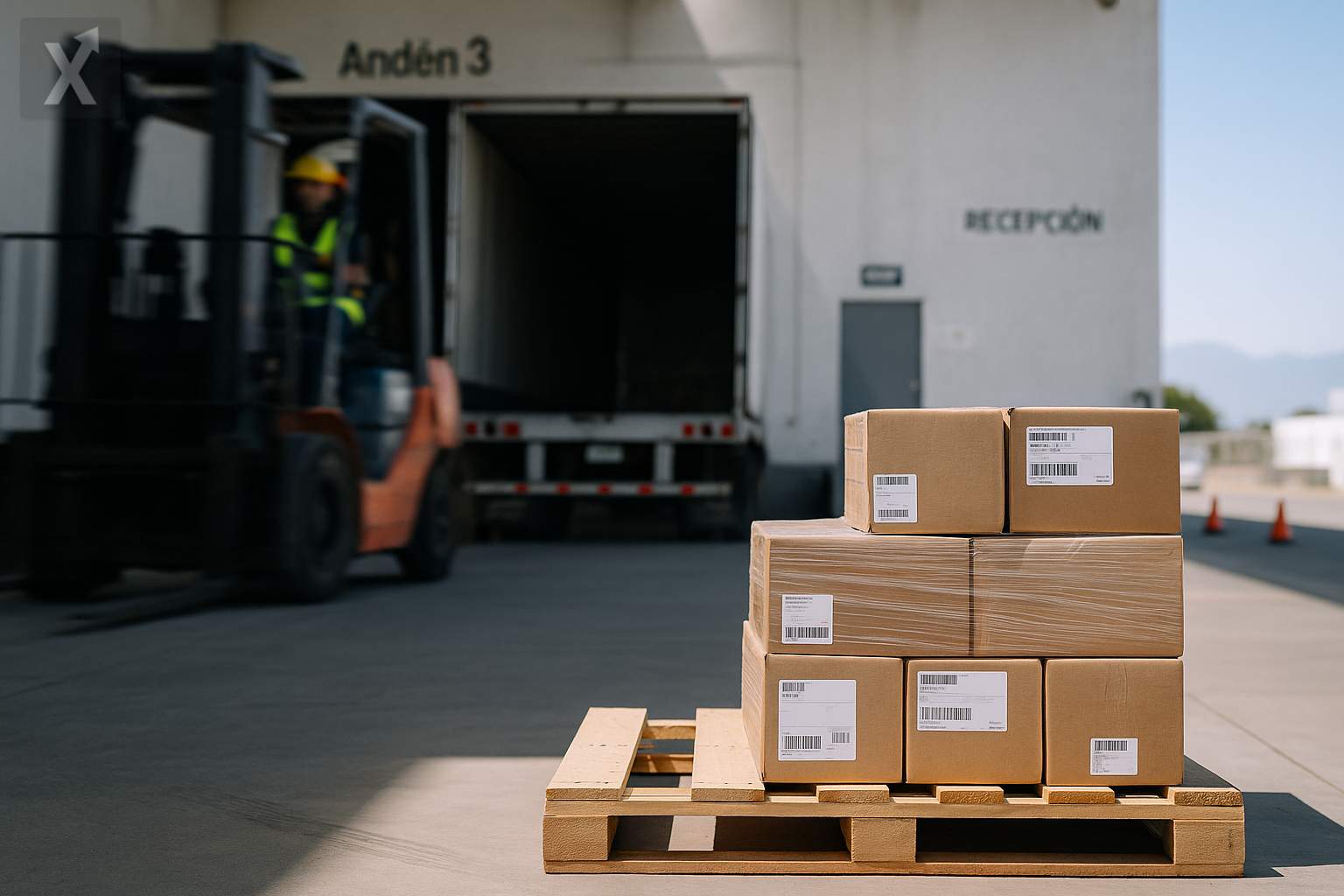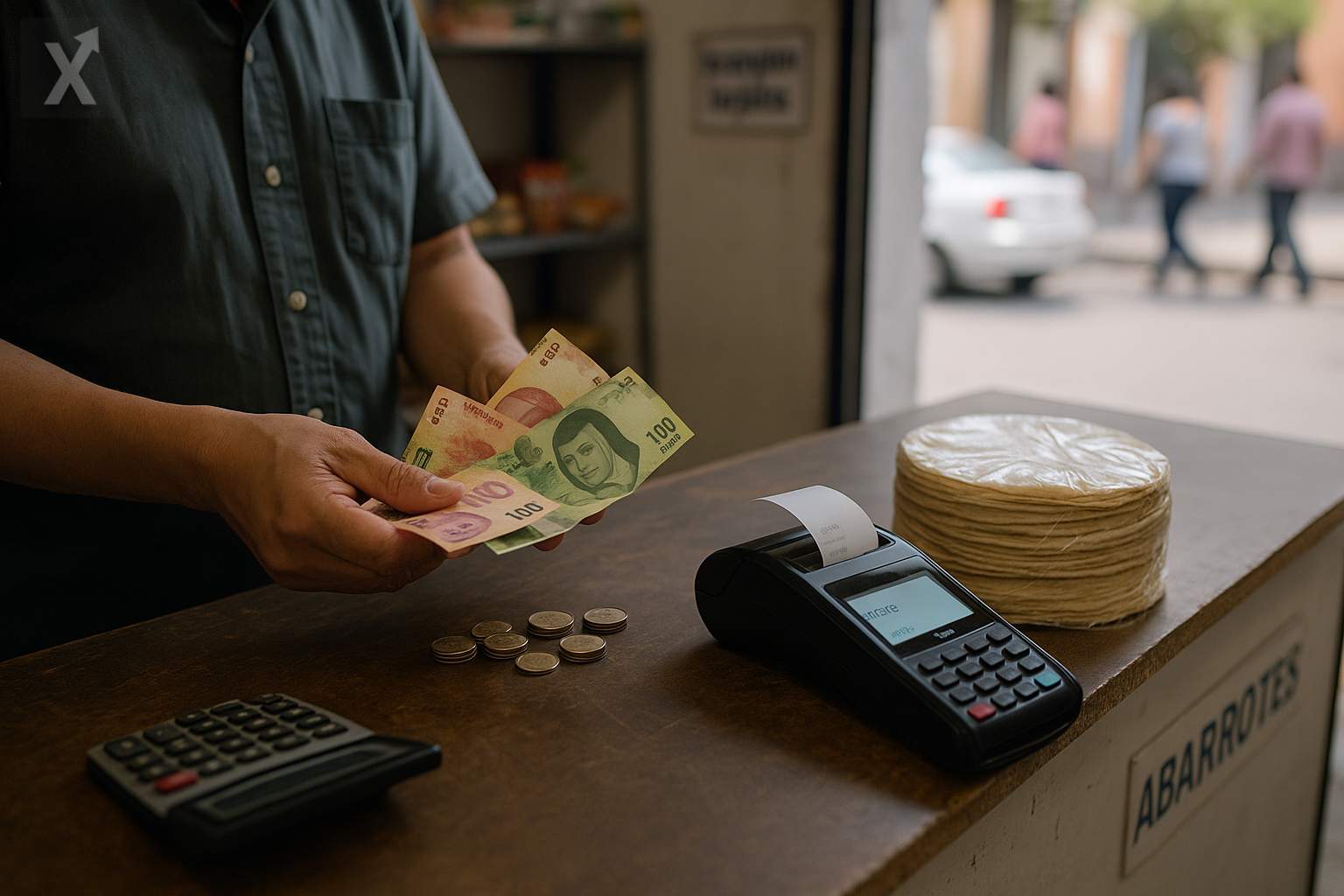Mexican Ports: The Missing Link to Ease Border Pressure and Capitalize on Nearshoring

Mexico’s foreign trade still moves mostly on wheels. According to data from Inegi, nearly two-thirds of exports leave by road and almost half of imports enter the country the same way. Maritime transport, despite the fact that Mexico has two long coastlines, still plays a secondary role: it captures a smaller share of export sales and accounts for just over a third of imports. The result is a northern border operating at its limits and port capacity with room to grow and help relieve bottlenecks.
Seaborne operations are concentrated in just a handful of nodes. Manzanillo, Lázaro Cárdenas, Veracruz, and Altamira handle most international tonnage. Even so, most of this consists of imported goods, reflecting that exports shipped by sea remain marginal. Business groups and experts agree that the country is underutilizing its geographic position: it connects with Europe via the Atlantic, Asia via the Pacific, the U.S. to the north, and Central and South America via the southeast. The lack of regular routes and uncompetitive logistics costs to South America—contrasted with the abundance of Pacific routes to Asia—have limited this advantage.
The relaunch of Mexico’s ports is beginning to take shape on several fronts. On the Gulf coast, Matamoros resumed operations after 24 years and began to ship vehicles, providing the automotive industry in Monterrey, Coahuila, and San Luis Potosí with a closer and more competitive outlet. In the Isthmus, the Salina Cruz–Coatzacoalcos corridor is advancing as the backbone of the Interoceanic Corridor, with rail links to the U.S. and Canada opening the door to more efficient intermodal services. In the Pacific, Manzanillo and Lázaro Cárdenas continue expanding to handle greater container volumes and project cargo.
The federal administration has put ports at the center of its infrastructure agenda. Under the investment plan announced by Claudia Sheinbaum’s government, there are plans to expand and modernize key terminals on both the Pacific and Gulf coasts—including Manzanillo, Lázaro Cárdenas, Veracruz, Altamira, Guaymas, Acapulco, Salina Cruz, Puerto Chiapas, Coatzacoalcos, Dos Bocas, Progreso, Seybaplaya, and Matamoros—with both public and private funding throughout the six-year term. The stated goal is to transform Mexico into a port powerhouse while also reducing pressure on the T-MEC land crossings.
Global context is reinforcing this bet. The restrictions on draft and passage in the Panama Canal due to drought in 2023-2024—which have been gradually easing—and disruptions along Red Sea routes have exposed the fragility of supply chains and the need to diversify entry and exit points. Some companies are already considering reconfiguring routes that previously passed through U.S. ports to instead use Mexican terminals, cutting time and costs and sidestepping tariffs or transit fees in third countries. Nearshoring continues to drive investment in manufacturing, making it even more urgent to have agile, connected, and reliable ports.
The challenge goes beyond the docks. For ports to take on a leading role, there must be modern last-mile road and rail access, sufficient intermodal yards and bonded warehouses, as well as more digital and predictable customs processes. Coordination among the National Customs Agency, the Port System Administrations, and the rail concessionaires will be key to reducing clearance times. Other priorities include dredging, hurricane resilience—as Acapulco demonstrated after Otis—cargo security, expansion of cold chains, and reliable electricity supply for new terminals and zero-emission equipment. The debate over cabotage and long-term regulatory clarity will also determine whether coastal shipping can take off and help relieve road congestion.
At the same time, integration with Latin America looks like an opportunity still waiting to be tapped. A denser network of shipping services to the Southern Cone and the Caribbean would open markets for food, chemicals, steel, and auto parts, and diversify export destinations as T-MEC comes up for review in 2026. If Mexico can align investment, clear rules, and intermodal operations, its ports could become the logistics pivot that complements the manufacturing base in the north and Bajío regions.
In summary, ports remain the lagging link in Mexico’s logistics chain, but the combination of public-private investment and the momentum from nearshoring is opening a window to reverse decades of underutilization. Execution will be key: connecting sea, rail, and road; speeding up customs; and ensuring certainty. If the country capitalizes on this opportunity, it can relieve pressure on the border and expand its trade map beyond the United States.






